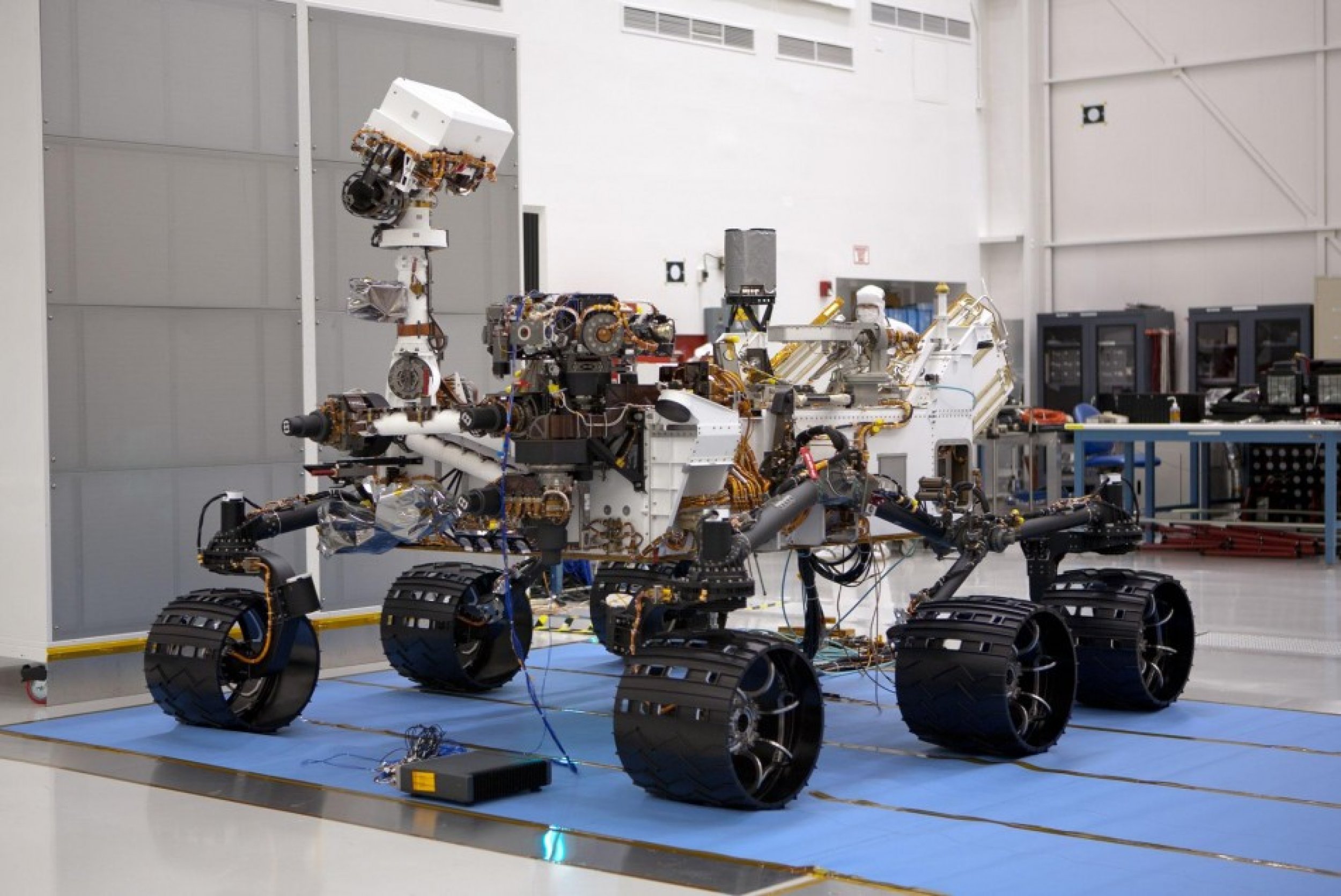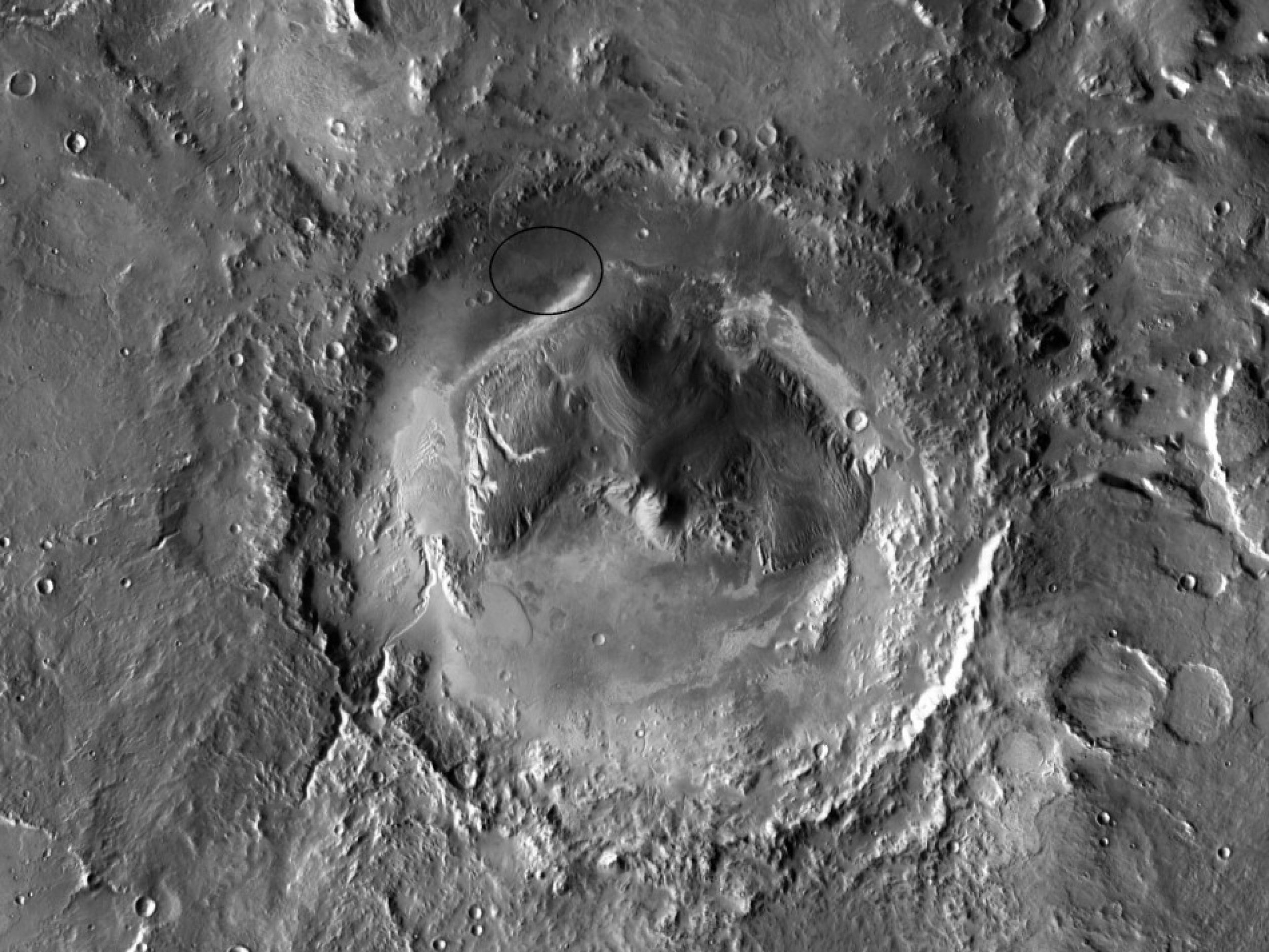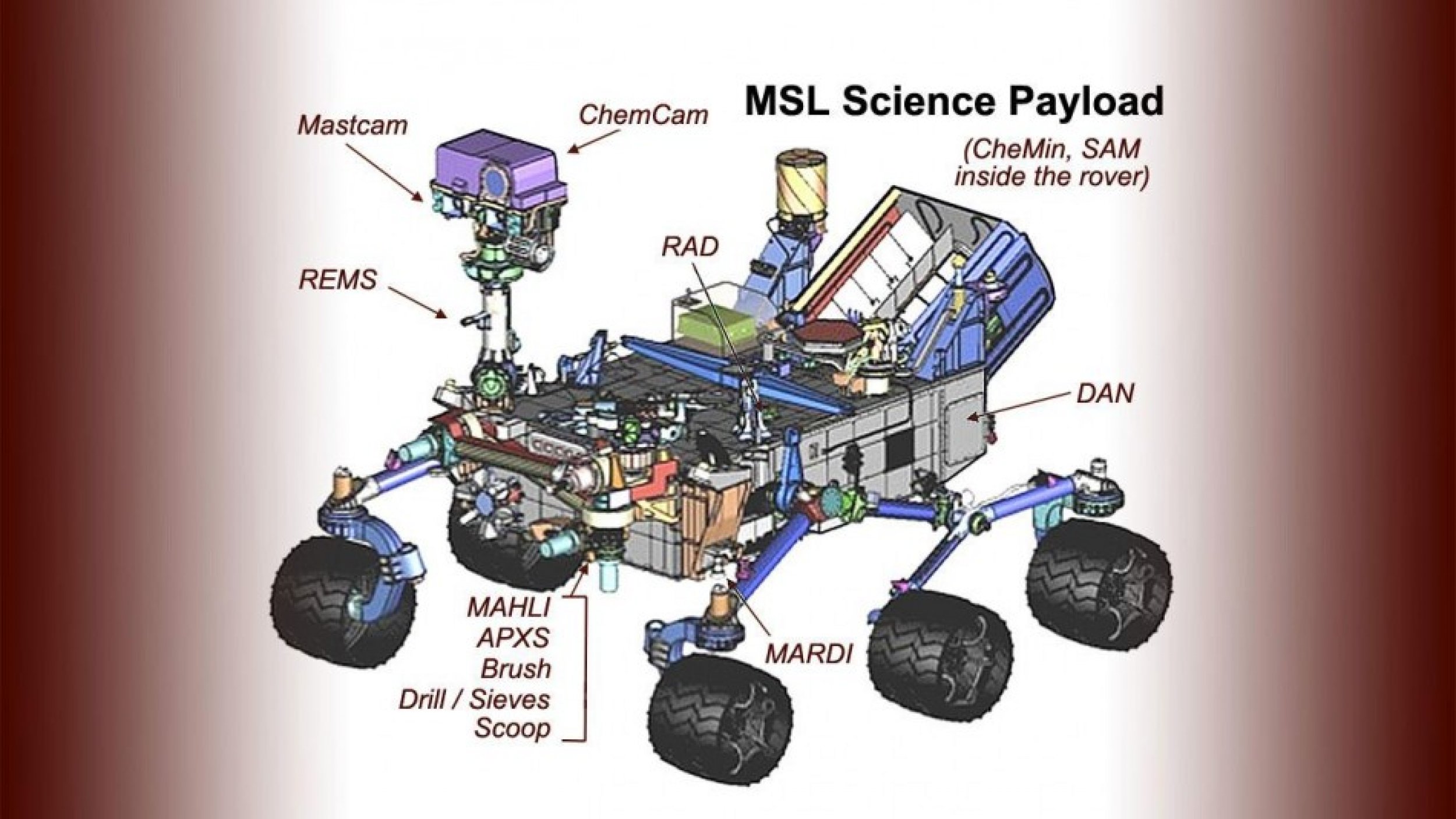NASA Rover Curiosity Will Land at Gale Crater on Mars [PHOTOS]
After careful deliberation, scientists have chosen the Gale crater as the landing site for the Mars rover Curiosity.
Curiosity will launch late 2011, land on Mars by August 2012, and stay there for 2 years to study Mars.
The search for its landing spot on Mars began in 2006 with more than 100 scientists. By 2008, they had narrowed it down to four landing sites. Then, after a “detailed review,” they unanimously chose the Gale crater.
Why is the Gale crater such a great location?
First and foremost, scientists deemed it a safe location for landing and exploration. After that, the scientific value of the landing spot is the most important consideration.
Curiosity is powered by radioisotope thermoelectric generators and is “nominally designed for 5 to 20 kilometers (3 to 12 miles) of travel.” Wherever it lands, therefore, is wherever it will conduct most of its study.
The Gale crater is about the size of Connecticut and Rhode Island combined. Within this large area, Curiosity will specifically land at the foot of a 5-kilometer high mountain located in the middle.
A crater is attractive for studies because of its low elevation, which makes it a likely destination for running water (if Mars ever had any). Furthermore, it offers access to various layers of the Martian geography.
The Gale crater is particularly attractive because it has an alluvia fan, which is “likely formed by water-carried sediments,” according to NASA.
NASA’s Curiosity rover has several objectives for its 2-year mission, including looking for evidence of past microbial life, collecting information on the past and present Martian environment, and gathering general data to inform on NASA’s eventual mission to land an astronaut on Mars.
The Gale crater is suitable for attaining all these goals, especially for finding evidence of liquid water in the past.




© Copyright IBTimes 2024. All rights reserved.





















